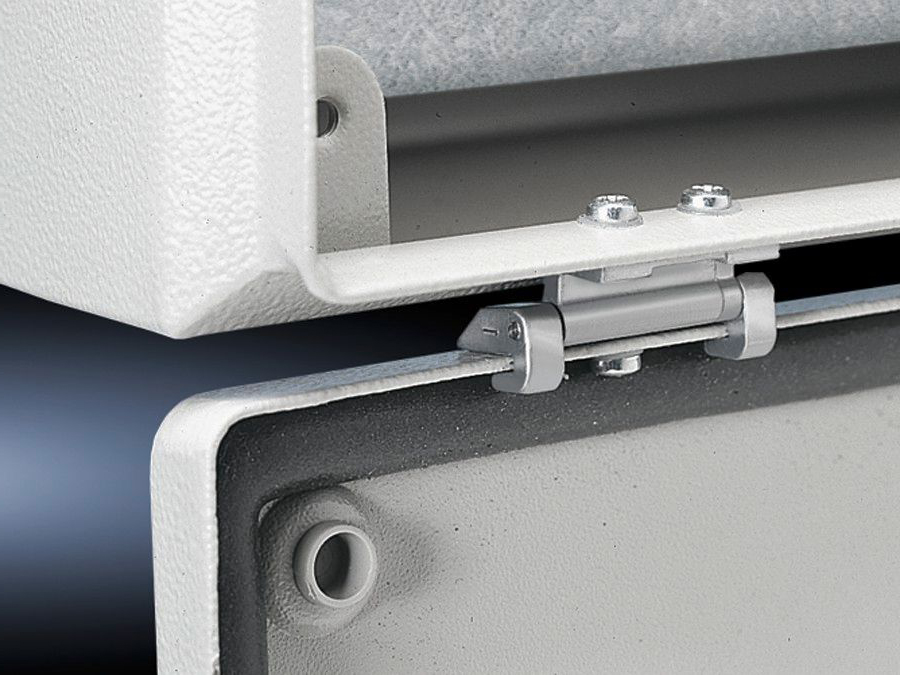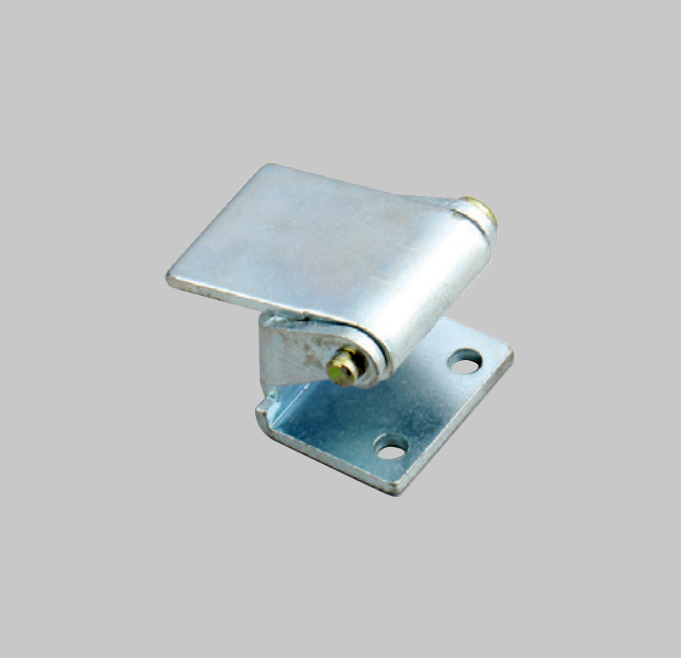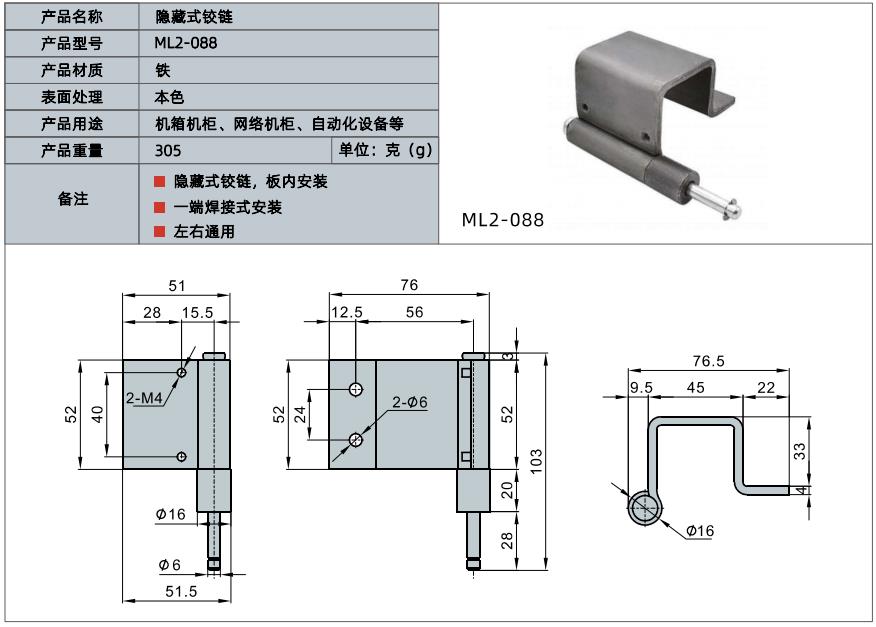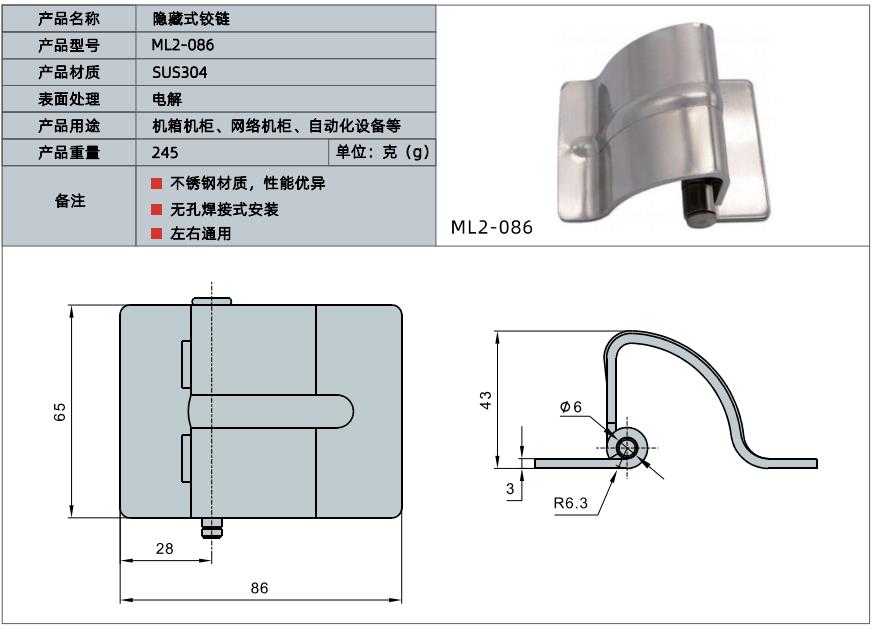Electrical cabinets, those enigmatic steel structures, hold vital components that power our homes, offices, and industries. But have you ever stopped to think about the hinges that allow us to access these cabinets? Without proper hinges and their installation, the door of these cabinets would be rendered useless. In this post, we’re going to deep dive into the process of installing the electrical cabinet hinges.
Electrical cabinet hinges, although small, play a pivotal role in ensuring the safety and functionality of electrical cabinets.
If you’re looking to understand this process or perhaps take it on as a DIY task, you’ve landed at the right place. Stick around, as we unfold the secrets to hinge installation.

Why Are Electrical Cabinet Hinges Important?
While it might seem insignificant, a hinge can determine the longevity and usability of an electrical cabinet. A robust hinge ensures that the door operates smoothly, preventing unnecessary wear and tear. It also plays a role in sealing the cabinet properly, keeping dust and moisture out.
What Types of Hinges Are Available for Electrical Cabinets?
There are several types of hinges available, each with its own specific purpose and benefits. The most common ones include concealed hinges, piano hinges, and pivot hinges. Understanding the specific requirements of your electrical cabinet will aid in selecting the right hinge type.
What Materials Are Best for Electrical Cabinet Hinges?
Stainless steel and brass are popular materials for these hinges. They’re durable and resistant to corrosion. Opting for a high-quality material can be a tad more expensive but will pay off in the long run with increased hinge lifespan and reduced maintenance.

How Do You Prepare for the Installation?
Before installation, gather all necessary tools and materials. This includes screws, a drill, a screwdriver, and the hinge itself. Measuring the cabinet door and frame accurately is vital to ensure the hinge fits perfectly.
What’s the Step-by-Step Process for Installation?
- Mark the position on the door where the hinge will be installed.
- Drill holes based on your hinge type and size.
- Place the hinge in the drilled holes and screw it in securely.
- Recheck alignment before attaching the door to the cabinet.
- Test the door’s swing and adjust if necessary.
How to Maintain Electrical Cabinet Hinges?
Regularly check for any signs of wear, rust, or damage. Lubricating the hinge every few months can ensure smooth movement and extend its life. Also, ensure that no water or moisture comes in contact, especially if not using a corrosion-resistant material.

What Are the Common Mistakes to Avoid?
Incorrect measurements and not tightening screws properly are common mistakes. It’s vital to ensure that the hinge aligns perfectly with the door and cabinet frame. Overlooking regular maintenance or using an unsuitable lubricant can also reduce the hinge’s lifespan.
Are There Any Safety Precautions to Consider?
Yes! Always ensure the power supply to the cabinet is turned off before starting the installation. Wearing protective gloves and eye gear can protect against sharp edges and dust.

Conclusion
Electrical cabinet hinges might seem like a small component, but they play a crucial role in ensuring the cabinet’s functionality and safety. Proper installation and maintenance can go a long way in ensuring they serve their purpose efficiently. Always prioritize safety, and don’t hesitate to consult a professional if unsure.
You might also be interested:




